The Kingdom of Morocco is an African country located in the North-Western Maghreb region. It is blessed with large water bodies to the North and West that provide high-quality fish and produce.
The Atlantic Ocean lies to the West at one of the widest points between the Americas and Africa. The Mediterranean Sea lies to the North and separates it from Europe.
Spain is the main European country that Morocco has trade relations with, although Portugal, France, the UK, and the Nordic countries are also regular trade partners.
Morocco was heavily influenced by French and Portuguese occupation, with the former having a lasting effect on the culture and traditions of the people.
The main languages are Arabic and Berber, although French is widely spoken. The capital city is Rabat and it is connected to most of the major ports. Morocco has control over the Spanish enclaves of Ceuta, Melilla, and Penon de la Gomera.
It plays a major role in the global supply chain because of its proximity to the Straits of Gibraltar and the large volumes of trade it carries out with Europe.
Ships headed to the Suez Canal pass through Morocco with many of them halting for transhipment. For all these reasons, ports in the country are well developed and interconnected.
In this article, we explore the top 10 ports of Morocco. While the ranking is not in the order of cargo tonnage and volume, we have included ports that have outstanding facilities, provide essential income to the surrounding regions, and handle the largest annual quantities of cargo.
Many of these are fish ports, and this is extremely common in Morocco where fishing continues to be a lucrative business for export to Europe and the rest of Africa.
Besides those ports mentioned in this list, there are other prominent facilities such as Al Hoceima and Mohammedia.
Sit back, grab your atlas, and let’s go through Marine Insight’s list of the top 10 ports in Morocco!
1. Port of Nador
Beni Ensar, Mediterranean Region
UN/Locode: MA NDR
 The Port of Nador is located in the Rif region and is a busy shipping hub in Morocco. It is operated by the regional SODEP and is classified as a semi-artificial lagoon. The port operates out of the Bou Areg Lagoon in Beni Nsar and Aït Nsar. The port neighbours the Spanish enclave of Melilla and shares a large volume of trade with the harbour located there. Both harbours are interconnected and share many facilities with Nador Port occupying 30% of the harbour area.
The Port of Nador is located in the Rif region and is a busy shipping hub in Morocco. It is operated by the regional SODEP and is classified as a semi-artificial lagoon. The port operates out of the Bou Areg Lagoon in Beni Nsar and Aït Nsar. The port neighbours the Spanish enclave of Melilla and shares a large volume of trade with the harbour located there. Both harbours are interconnected and share many facilities with Nador Port occupying 30% of the harbour area.
The harbour handles busy ferry services that run throughout the year. Some ro-ro operators ply to and from international ports mainly in Spain and France. The major passenger routes are the Almeria and Motril ferry services. The port has a 600-meter dock for passenger vessels and an average port anchorage depth of 13 meters.
The port also deals in general cargo, dry bulk, and fish exports. Terminal 2 operated by Marsa Maroc services bulk vessels. The major goods passing through here are ores and billet imports that are used by the SONASID steel mill. Nador Port also has facilities to store hydrocarbons and has a dedicated 100-meter-long pier for handling such vessels. Lastly, the harbour includes a fish port that exports local produce.
The port is well connected by road and rail to major cities in Morocco and is linked to several international destinations by ferry services. The main ferry operators include Trasmediterranea, Ferri Maroc, Grandi Navi Veloci, Balearia, and Africa Morocco Link. The rail services from Nador are run by the Moroccan national railway operator – ONCF. There are regular services to other major ports in Morocco including Tanger and Casablanca. The port is also close to the Nador International Airport and the Spanish Melilla Airport.
2. Port of Tanger Med
Mediterranean Region
UN/Locode: MA PTM
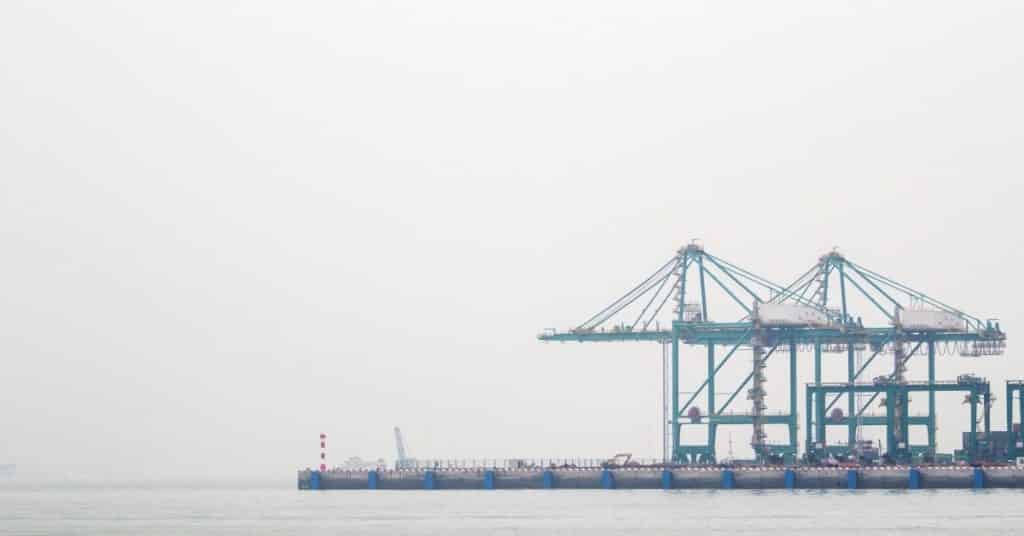 The Port of Tanger Med (aka Tangier Med) is the largest in Africa by cargo capacity and is one of the top harbours of Morocco. Run by the Tanger Med Port Authority, it is the largest Mediterranean port on the Moroccan coastline. It has been operational since 2007 and has achieved record container and cargo shipments in a short period. The original facilities were built to handle a capacity of 3.5 million TEUs but a recent development project has increased that to a maximum of 9 million TEUs.
The Port of Tanger Med (aka Tangier Med) is the largest in Africa by cargo capacity and is one of the top harbours of Morocco. Run by the Tanger Med Port Authority, it is the largest Mediterranean port on the Moroccan coastline. It has been operational since 2007 and has achieved record container and cargo shipments in a short period. The original facilities were built to handle a capacity of 3.5 million TEUs but a recent development project has increased that to a maximum of 9 million TEUs.
Based out of Northern Morocco, the port is in a prime location to carry out trade with Europe. This was laid down as a proposal in a free trade agreement signed between Morocco and the EU in 2012. The port’s proximity to the Straits of Gibraltar allows it access to major shipping hubs. It offers many incentives to private firms that set up operations out of the port’s logistics hub and freeport zone. An interesting feature of Tanger Med is that it is currently building a hub that will make it the only port in North-Western Africa that runs a facility for the transhipment of cereal. The harbour also stores over 10 million tons of oil annually.
Terminal 1 of the harbour has a 3.5 million TEU capacity and operates 1.6 kilometres of container docks. The average anchorage depth is 17 meters for this terminal and it sits on 140 hectares of land. The passenger terminal spans 2.5 kilometres and operates out of 8 berths. The average water depth is 10 meters and this facility spreads across 35 hectares of land. Terminal 2 has a capacity of 5.5 million TEUs and spans 2.8 kilometres in length for container facilities. An area of 160 hectares is set aside for this terminal and it includes oil stations for refuelling.
Besides the port harbour and facilities, Tanger Med also runs an industrial hub for international and regional companies. It is an important facility that contributes to income generation in the engineering and logistics fields. As of 2017, the port was working with 54 projects and hosts over 750 companies. Some of the top firms that operate from the industrial platform include Bosch, Emirates, and Adidas AG. Other than the industrial hub, Tanger Med also operates large automobile manufacturing plants run by several reputed firms. Some of the top car companies that run operations out of here are Nissan and Fiat.
3. Port of Kenitra (Port Lyautey)
North Atlantic Region
UN/Locode: MA NNA
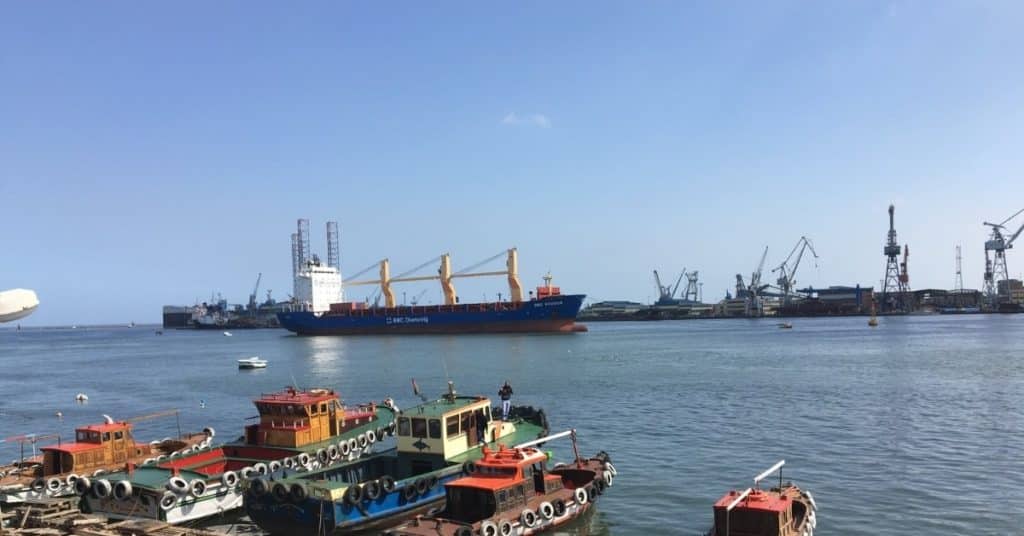 The Port of Kenitra is a riverine commercial port located on the banks of the Sebou River. The harbour includes the Mehdia Port and lies close to Casablanca and Tangier. The complex is situated 17 kilometres inland from the Atlantic Ocean and is linked to the National Highway and Rail System. For air transport, Rabat Airport is located 25 kilometres away.
The Port of Kenitra is a riverine commercial port located on the banks of the Sebou River. The harbour includes the Mehdia Port and lies close to Casablanca and Tangier. The complex is situated 17 kilometres inland from the Atlantic Ocean and is linked to the National Highway and Rail System. For air transport, Rabat Airport is located 25 kilometres away.
Kenitra serves as a fishing and cargo port that has been in use for over a millennium. Set up as a military base, it was selected as an excellent location for a riverine port that would remain accessible from the Atlantic. With time, trade commenced and the port was instrumental in the development of the Gharb plains. Fishing also became a major activity, with the Mehdia outer port being a top location for fish exports.
Kenitra was used for nearly 50 years as a United States Naval and Air Base. Starting from World War 2 till the post-Cold War era, the port was developed by the US Engineer Corps and was later transferred to Morocco in 1991. The current facilities include an anchorage depth of 5 meters, a dock length of over 1 kilometre, and an area of 22.7 hectares.
4. Port of Casablanca
Port of Casablanca Region
UN/Locode: MA CAS
 The Casablanca Harbour Complex is an artificial seaport and the largest port in Morocco (based on area). Ranked behind Tanger Med Port in terms of annual cargo and container tonnage, the harbour handles around 38% of maritime traffic through the country. Spread over a vast expanse of 605 hectares, the port front stretches for 8 kilometres and can simultaneously berth nearly 40 vessels. The average cargo handling tonnage of Casablanca is 21.3 million tons.
The Casablanca Harbour Complex is an artificial seaport and the largest port in Morocco (based on area). Ranked behind Tanger Med Port in terms of annual cargo and container tonnage, the harbour handles around 38% of maritime traffic through the country. Spread over a vast expanse of 605 hectares, the port front stretches for 8 kilometres and can simultaneously berth nearly 40 vessels. The average cargo handling tonnage of Casablanca is 21.3 million tons.
Currently operated by Marsa Maroc, it is divided into a commercial port, a fish port, a marina, and a shipyard. As one of the largest cities in Morocco, Casablanca is connected to the ONCF rail system and the major metro cities. The port is at the centre of a protracted expansion project to keep the facilities up to the required standards. With traffic on the rise, the port has seen many additions since it became the first port of the 19th-century Moroccan kingdom. From the addition of jetties and piers for recreational boating to the commissioning of the Tarik and Est container terminals, the harbour has been a hive of activities aimed at revamping and renovating the port.
5. Port of Jorf Lasfar
Central Atlantic Region
UN/Locode: MA JFL
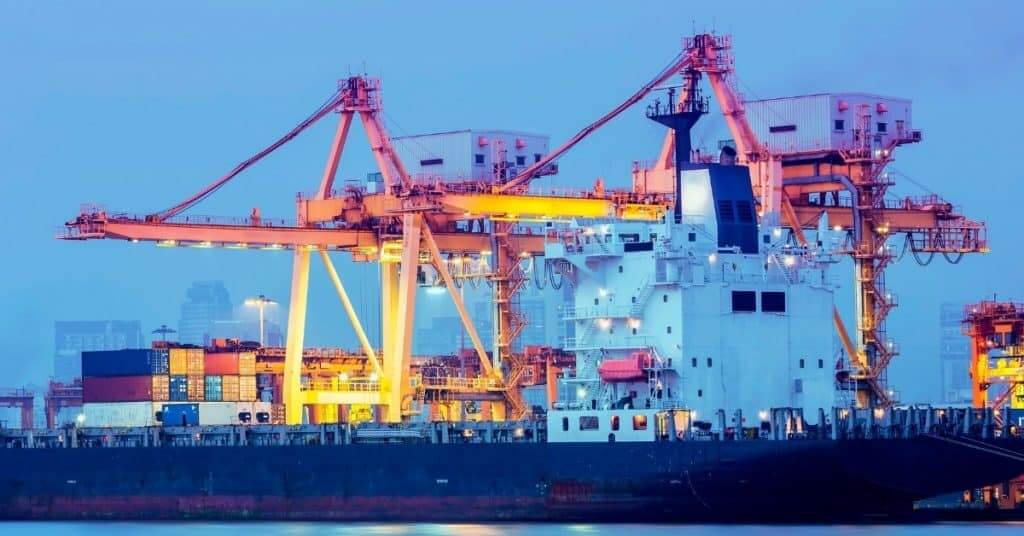 The Port of Jorf Lasfer is a deep-water harbour located close to Casablanca and El Jadida. Operational since 1982, the port sits on an area of 110 hectares and has a mean berthing depth of 5 – 15.6 meters. The primary shipments through here are fertilizers, chemicals, and petrochemical products. The port is currently managed by Marsa Maroc with investment from foreign firms such as the ABB Group (Swedish-Swiss), CMS Energy (America), IPIC, and the US Trade and Development Agency. The port is connected to the National Highway N1 and lies on the Nouasseur-Jorf Lasfar railway line.
The Port of Jorf Lasfer is a deep-water harbour located close to Casablanca and El Jadida. Operational since 1982, the port sits on an area of 110 hectares and has a mean berthing depth of 5 – 15.6 meters. The primary shipments through here are fertilizers, chemicals, and petrochemical products. The port is currently managed by Marsa Maroc with investment from foreign firms such as the ABB Group (Swedish-Swiss), CMS Energy (America), IPIC, and the US Trade and Development Agency. The port is connected to the National Highway N1 and lies on the Nouasseur-Jorf Lasfar railway line.
The port facilities extend beyond conventional harbour equipment and provisions. Jorf Lafar boasts of an air quality research lab run by the Office Cherifien des Phosphates (OCP), a $5 billion oil refinery built by the International Petroleum Investment Company (IPIC) based out of Abu Dhabi, a desalination plant, fertilizer factories, a thermal power plant, and hydrocarbon depots. The power plant is the largest in the country and was set up jointly by the government, CMS Energy, and ABB. The port also specializes in handling ore shipments and has docks spanning over 2.4 kilometres.
6. Port of Safi
Central Atlantic Region
UN/Locode: MA SFI
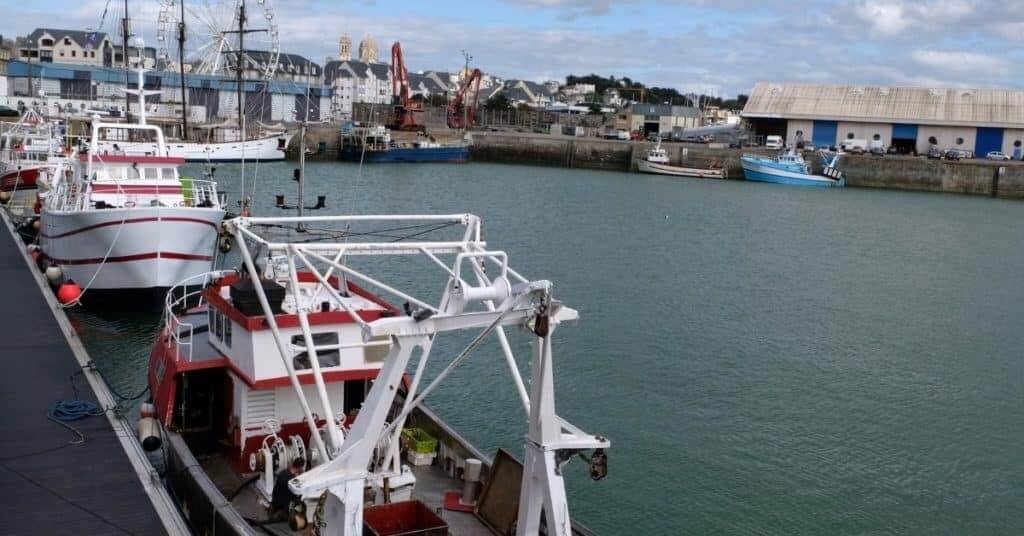 The Port of Safi is located in Western Morocco and is a major commercial harbour in the country. The port has had a rich history of maritime trade and naval battles during the 20th century. From the 12th century, the Safi Port has been a major trading harbour due to its proximity to Marrakesh (a major city and the erstwhile capital of Morocco). Today, it is the premier fishing port in Morocco that exports world-class sardine across the globe. Besides fish, the port also deals in exporting chemicals and textiles.
The Port of Safi is located in Western Morocco and is a major commercial harbour in the country. The port has had a rich history of maritime trade and naval battles during the 20th century. From the 12th century, the Safi Port has been a major trading harbour due to its proximity to Marrakesh (a major city and the erstwhile capital of Morocco). Today, it is the premier fishing port in Morocco that exports world-class sardine across the globe. Besides fish, the port also deals in exporting chemicals and textiles.
Situated just over 100 kilometres from the Jorf Lasfar Port and within 6 hours’ reach from Port Agadir, Safi is one of the safest ports in Morocco since it is protected from storms by cliffs. The port is linked to National Road #1 on the Casablanca-Agadir and Marrakesh-Safi routes. The railway service is provided by ONCF on the Safi_Benguerir Lasfar Line.
The port boasts nearly 2.3 kilometres of berthing docks, a shallow craft berthing depth of 5 meters, and a deep vessel anchorage depth of 12 meters. Spread over 54 hectares, a major non-fish export from Safi is Phosphates sourced from nearby Youssoufia. Coupled with other chemical exports, they are handled at a dedicated chemicals wharf. The port is divided into the North and Shore Wharfs.
7. Port of Agadir
South Atlantic Region
UN/Locode: MA AGA
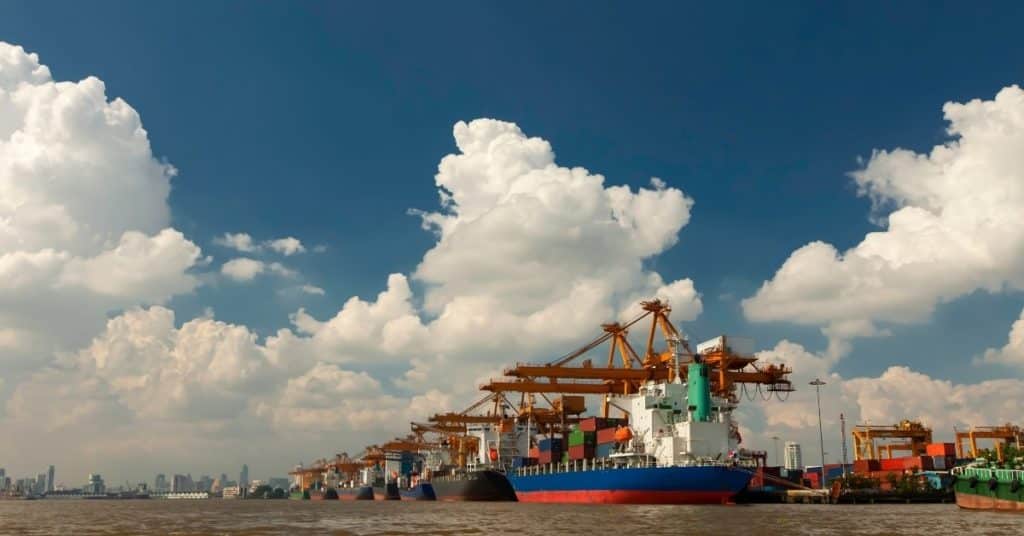 Situated in central Morocco and near the Souss River, Agadir Port is an important trade harbour in Morocco. It has led to the development of the Souss-Massa regions and has resulted in the growth of local industries. A major activity of the port is agricultural exports which are sourced from the port hinterlands. It is well connected by road via the Marrakesh-Agadir motorway and the N1 and N40 national roads.
Situated in central Morocco and near the Souss River, Agadir Port is an important trade harbour in Morocco. It has led to the development of the Souss-Massa regions and has resulted in the growth of local industries. A major activity of the port is agricultural exports which are sourced from the port hinterlands. It is well connected by road via the Marrakesh-Agadir motorway and the N1 and N40 national roads.
In operation since the early 17th century, the port’s initial shipments mainly included trade in sugar, weapons, and textiles with Europe. France, England, and the Netherlands had a majority share of the trade passing through Agadir. Following an earthquake in the 18th century, the port was closed and Essaouira Harbour took on great importance.
Later on, the port was again opened for military expeditions and has been operational since. The modern-day commercial port was built in 1950 and supported the growth of the local agricultural, mining, and fishing industries. The earthquake of 1960 destroyed most of the facilities at the harbour and forced the authorities to rebuild most of the region. The port of Agadir is used today for mining exports, fishing, and tourism. Agadir is a port frequented by tourists visiting the famed Moroccan beaches.
8. Port of Tan Tan
South Atlantic Region
UN/Locode: MA TTA
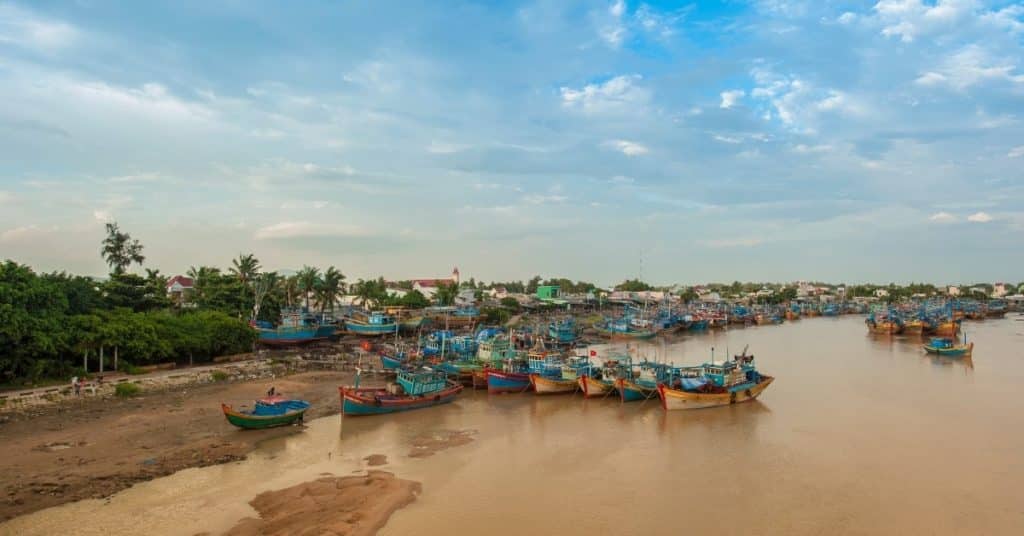 The Port of Tan Tan is one of the Southernmost ports in undisputed Morocco and is a small harbour based in El Ouatia. Located close to the Tan Tan Plage Blanche Airport, the harbour is also connected to the main National Highway N1.
The Port of Tan Tan is one of the Southernmost ports in undisputed Morocco and is a small harbour based in El Ouatia. Located close to the Tan Tan Plage Blanche Airport, the harbour is also connected to the main National Highway N1.
The primary activity here is coastal fishing and the produce is sent to neighbouring countries and other Moroccan ports to supplement their international exports. Besides fishing, oil tankers frequent this port although pilotage is required during the low tide, and berthing is prohibited at night.
Considered to be a mostly regional harbour, Tan Tan has excellent facilities to handle fishing and oil shipments but is ill-equipped to handle other goods. Over time, considerable investment has been pumped in to improve the dock and breakwater facilities.
9. Port of Laayoune (Port El Aaiun)
Great Southern Region
UN/Locode: MA EUN
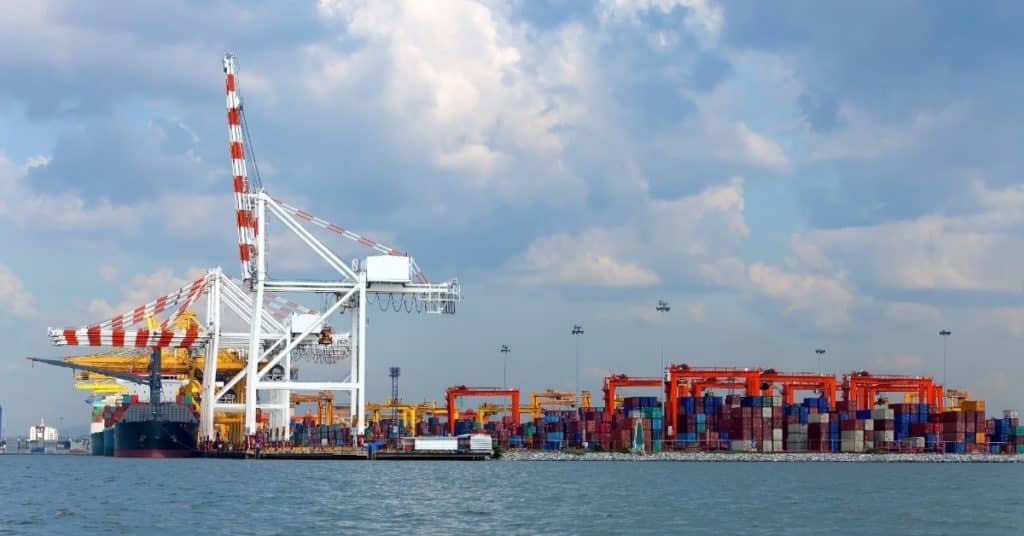 The Port of Laayoune is located in the Western Sahara region of North-Western Africa. This port specializes in hydrocarbon imports and the export of sand and phosphates mined from the surrounding region.
The Port of Laayoune is located in the Western Sahara region of North-Western Africa. This port specializes in hydrocarbon imports and the export of sand and phosphates mined from the surrounding region.
Operational since 1986, it has been a trade hub in the South and has witnessed rapid growth and numerous development activities to improve the facilities at the harbour. The port has been expanded three times since opening to keep up with the large volumes of trade passing through the region.
Like most of the other ports in Morocco, a major activity in the El Aaiun Port is fishing. The annual revenue from fishing contributes to 43% of the port’s income.
At present, the Moroccan government is in the process of settling a fishing agreement with the EU on the division of the region surrounding Laayoune.
The port is connected via air through the Hassan I Airport. It is situated close to the Port of Dakhla and ships head there during congestion at Laayoune. Combined, both these ports handle 89% of commercial maritime traffic in South Morocco.
10. Port of Dakhla
Great Southern Region
UN/Locode: MA VIL
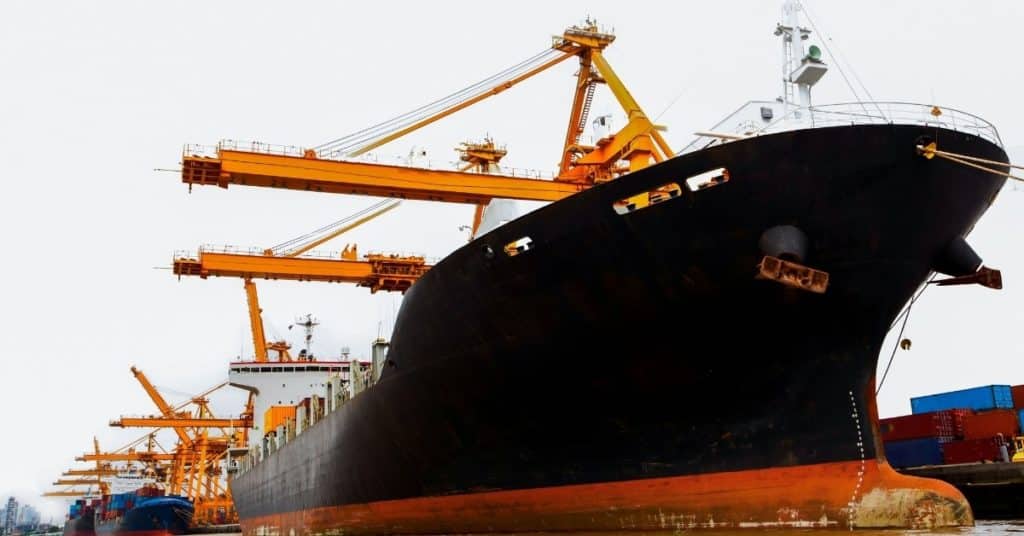 Located between the Oued Ed-Dahab peninsula and the Moroccan coastlines, the Port of Dakhla lies on the sheltered Ed-Dahab Bay. With a width of 7 miles, the port is located near the Punta de Lasarga, Rio de Oro, and the Punta del Pescador. It handles fishing and cargo vessels with a dedicated facility that handles spare part exports. Fishing is a major activity at the port and features several facilities to process fish before export. Sitting on 280 hectares of land on the coastline, Dakhla Port runs a free port zone on 13 hectares.
Located between the Oued Ed-Dahab peninsula and the Moroccan coastlines, the Port of Dakhla lies on the sheltered Ed-Dahab Bay. With a width of 7 miles, the port is located near the Punta de Lasarga, Rio de Oro, and the Punta del Pescador. It handles fishing and cargo vessels with a dedicated facility that handles spare part exports. Fishing is a major activity at the port and features several facilities to process fish before export. Sitting on 280 hectares of land on the coastline, Dakhla Port runs a free port zone on 13 hectares.
Although Dakhla Port is a minor Moroccan port, it has “strong halieutic potential” as per the regional authority for ports – the Agence Nationale des Ports (ANP).
A plan proposed in the early 2000s to revamp the harbour was the development of 2 adjacent ports within the Ed-Dahab Bay. With ample space on the 25-mile Bay, the twin ports would work to encourage investment in the region and boost the maritime trade economy.
One of the ports is currently home to a military base while the second one handles commercial activities. The port handles 330,000 tons of cargo annually and fish exports of 170,000 tons per year.
The port is connected by road on the Laayoune-Lagouira National Road and via air from the Dakhla airport situated 5 kilometres from the harbour. Some of the other sections of the port include an administrative zone, a petroleum products warehouse, and a large high-risk warehouse.
Source: Marine Insigh

